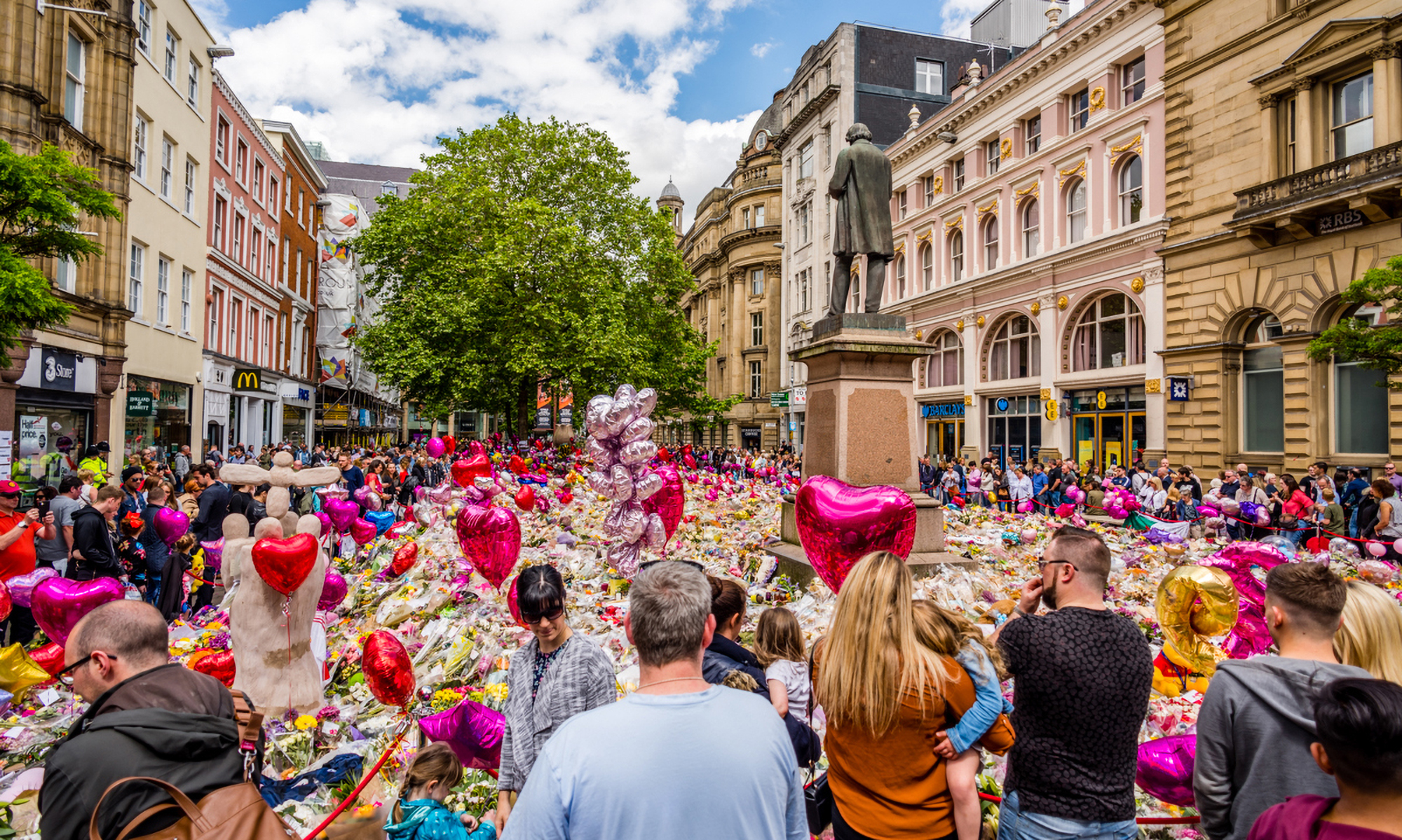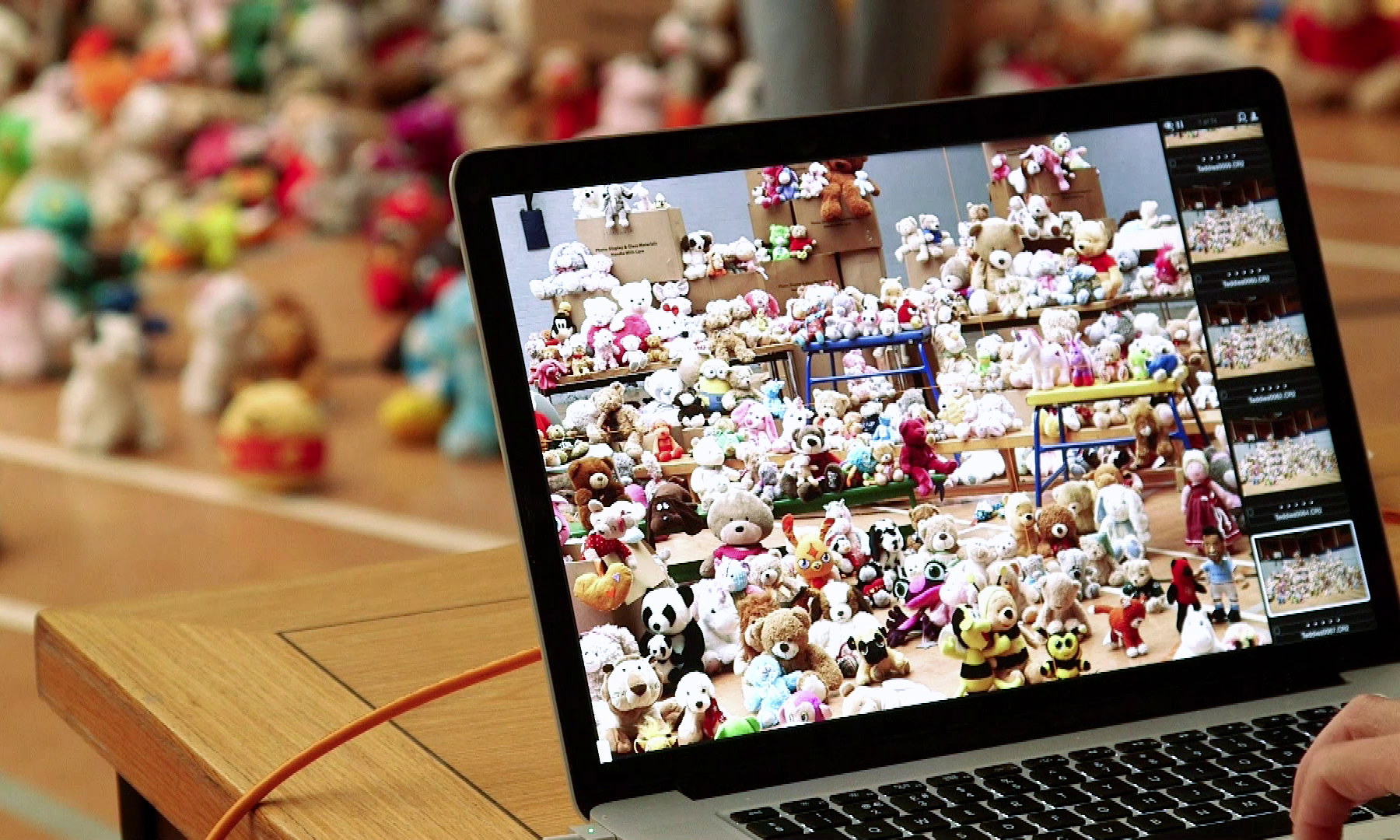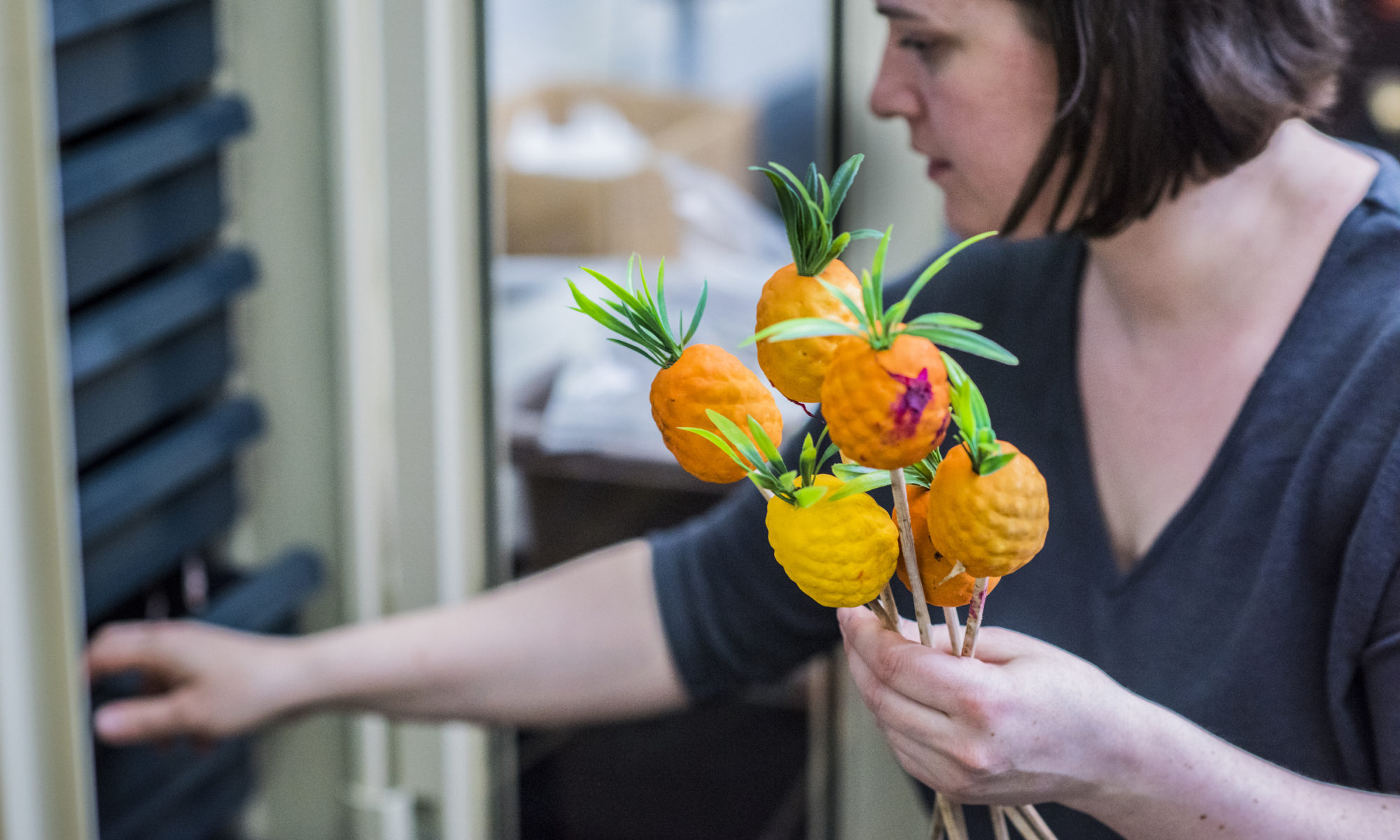This decision-making tool is designed to guide practitioners through the various stages of collecting spontaneous memorials. You’ll be asked a series of questions grouped into the themes of “Who, What, When, and Where.” Select all answers that apply. When you’re finished, generate a checklist and browse tailored resources to support your planning.
Discussion Points
In 2018, the Network met to discuss our shared and individual experience of collecting and working with spontaneous memorial collections. Here are some of those discussion points.

Who are you collecting for?
It’s really important to involve the people who actually left objects at the memorial site, but this is difficult due to the nature of how such memorials are created.

What will you collect?
The immediacy of the situation makes it hard to do appraisal on the spot. There is a good argument about taking everything at first and do the appraisal later

When will you collect?
There’s no best practice in terms of when to remove a memorial, or when to start, or when to stop; putting any kind of parameters is unhelpful.

Where will you store?
A temporary site near to the memorial can be a helpful place for deciding what steps to take next. In some cases, organisations have removed everything to a private, safe space
